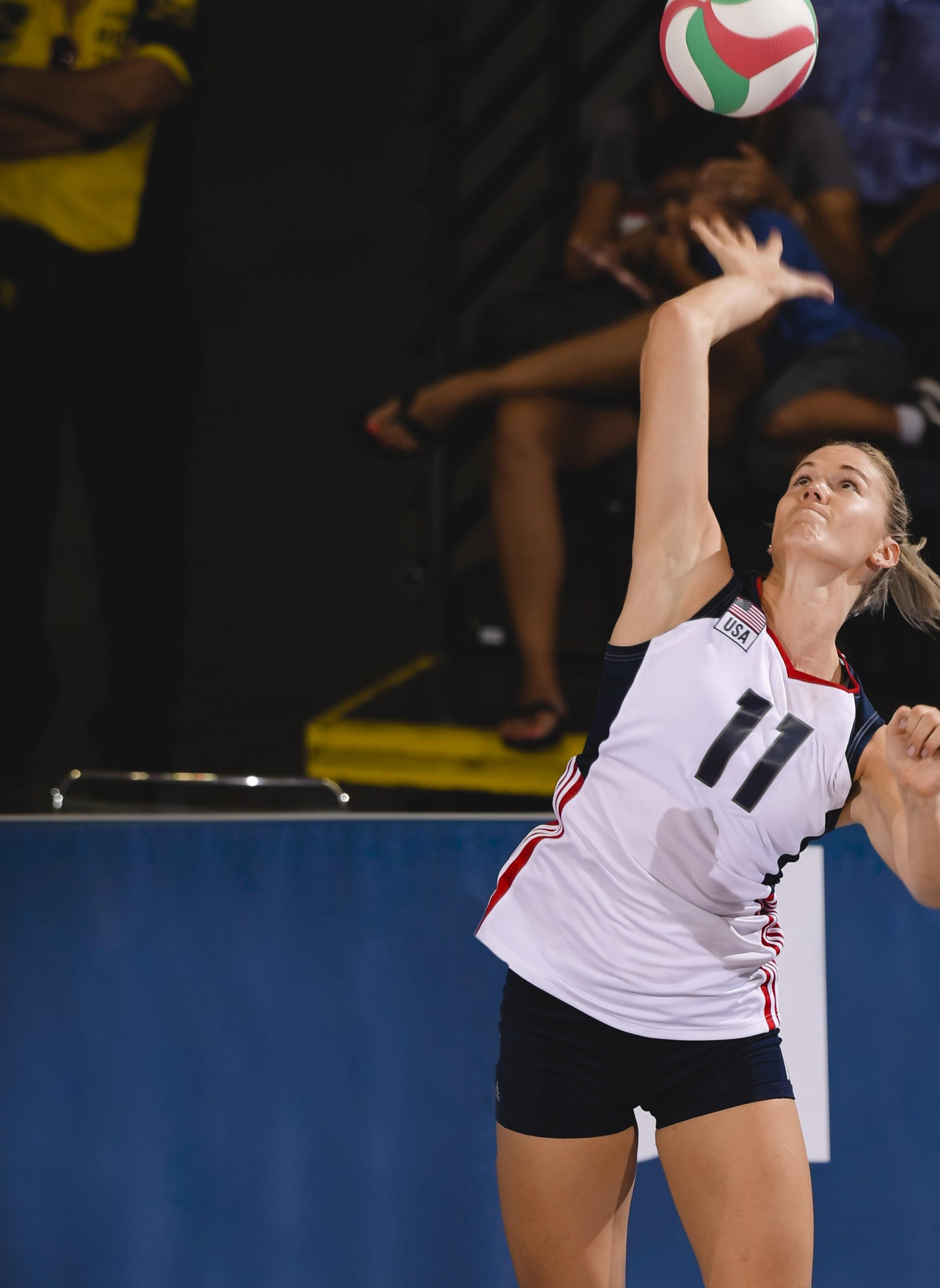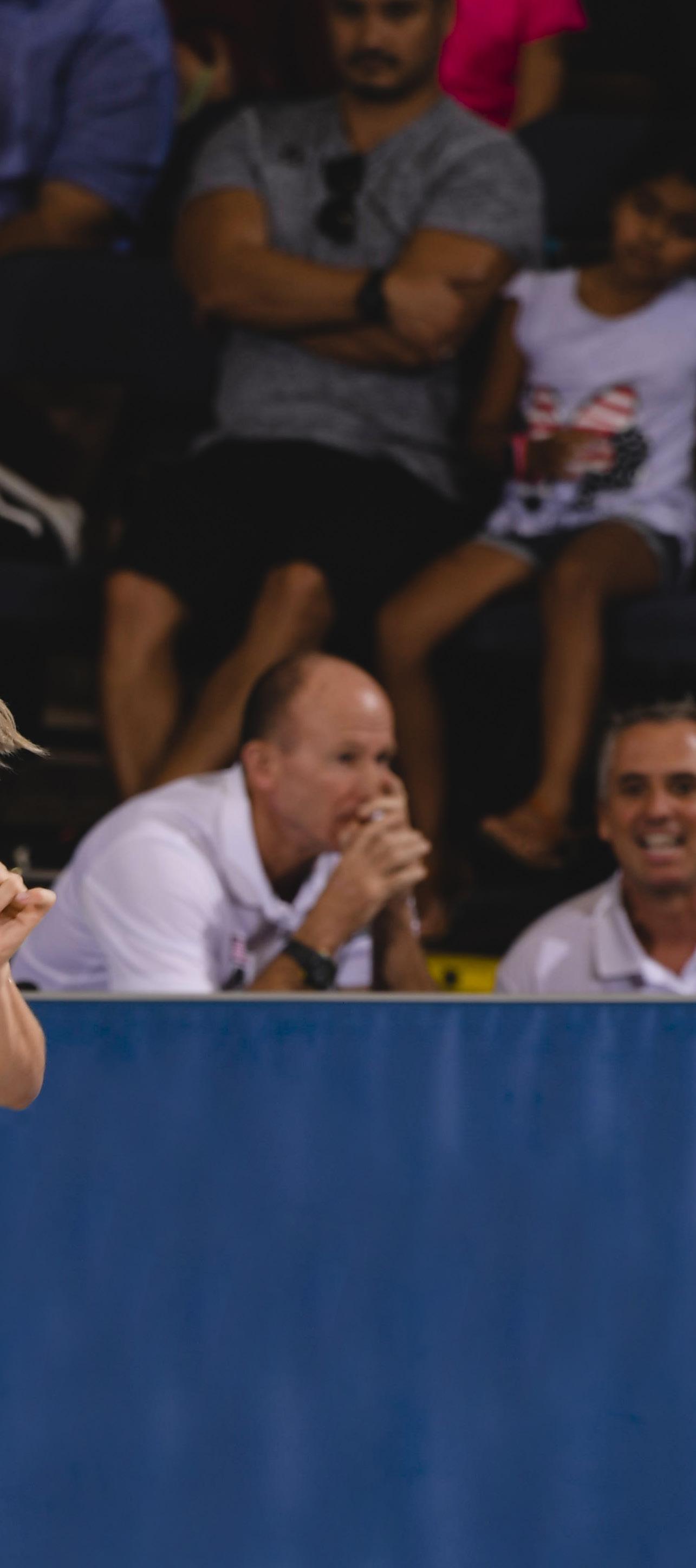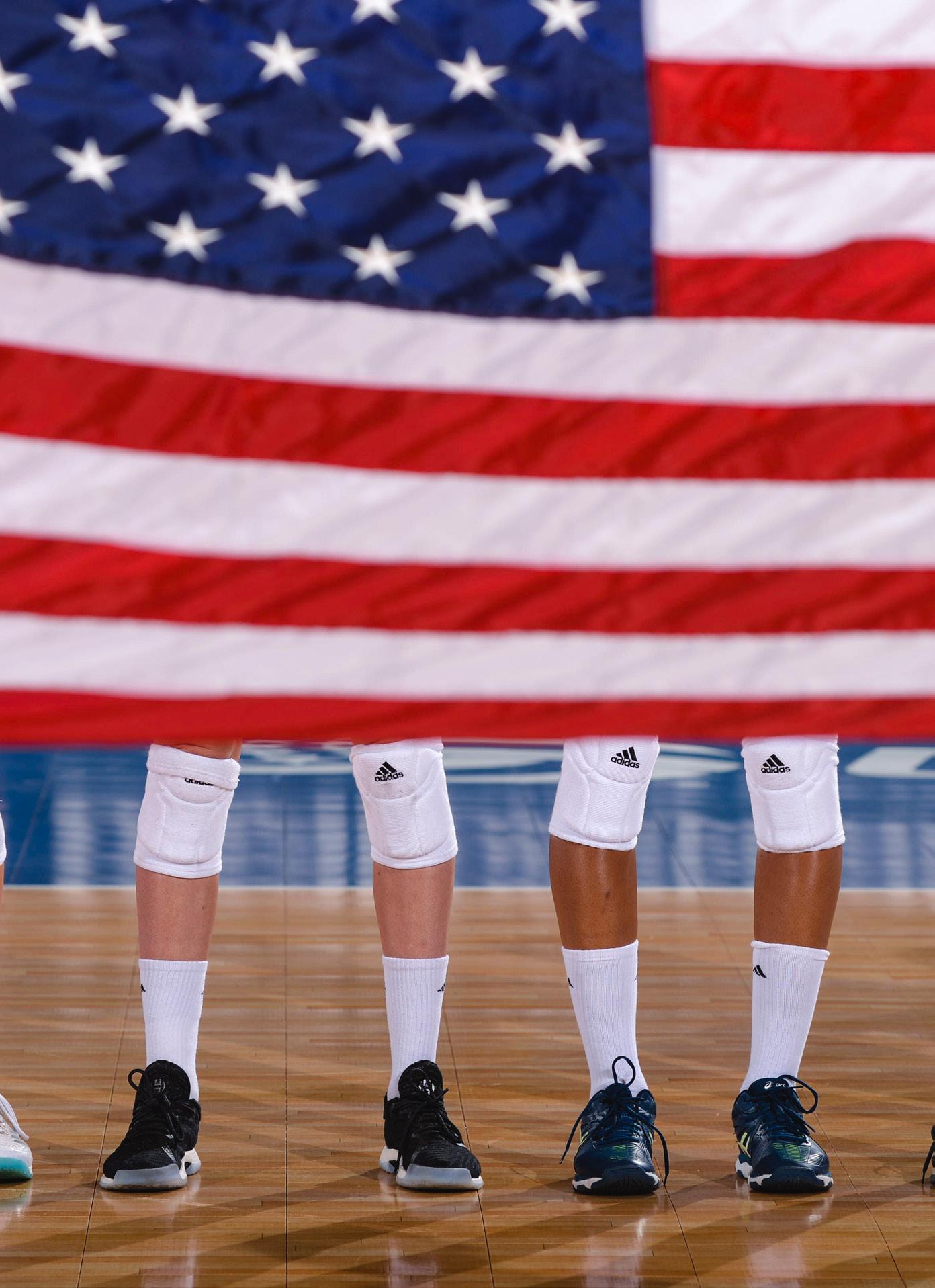
2 minute read
Video Helps U.S. Women’s National Volleyball Team Dive Deeper into the Game
Karch Kiraly knows the best players need the best tools available. That’s why he relies on video to keep his players focused.
Karch Kiraly, Head Coach

How do you get players at the elite level to continuously improve? For U.S. women’s national team head coach Karch Kiraly, the answer is video analysis. A three-time Olympic gold medalist, Kiraly is a strong authority on what echnology makes elite players tick. He explains the role of video in the success of his elite program.
“The bottom line is we’re trying to figure out who might be able to come to the USA gym and continue to develop.”
Elite players have already achieved a high mastery of the game, meaning it’s the finer points of play that need to be dissected to gain an advantage. Setter Micha Hancock, explains how video helps her do just that.
“When you’re at the level we’re at, we’re training hard every day. We’re looking at very small changes that make a huge difference. For example, when you’re playing Serbia to get into the gold medal match,” said Hancock.
For fellow setter Lauren Carlini, Volleymetrics is key to providing focus on her position’s necessary skills.

“There are so many reps that we’re doing throughout the day, and it’s so important to be able to go in there, look at what your focus was that day, break it down and say, ‘Okay, was I accomplishing this, or do I need to focus on it again tomorrow? Do I need to focus on something else?’” said Carlini.
“So I get in there every day, watch all my sets, all my digs. For me, setting is obviously the most important skill, so being able to break that down is really helpful, especially at this level where the smallest margin makes the biggest difference.”

For middle player Tori Dixon, feedback is crucial to performing consistently in practice. Video is the platform that allows her to self-evaluate effectively.

“For athletes in the USA gym, it helps tremendously. It’s like night and day difference just having feedback and being able to tell where you are,” said Dixon. “As a middle, there’s a lot of different sets and a lot of different timings that I have to get adjusted to. So it’s good to know where I’m at. I take it upon myself to fix it the next day.
“Because if we can change it faster, we’re just going to get better that much faster.”









